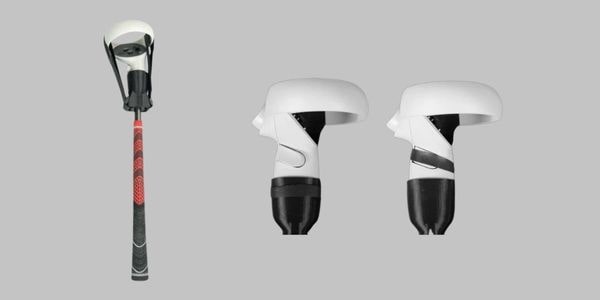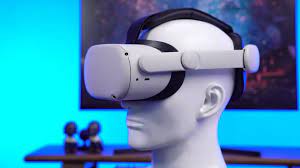Due to the low price of the Oculus Quest 2 and the increased popularity of virtual reality, more and more customers are looking for ways to make the most out of their Quests, which includes full-body tracking.
Unfortunately, there is no simple solution since the tracking technology utilized by this headset is built inside the headset itself and does not need the usage of additional devices.
There is no doubt that this tracking system is extremely beneficial to the tetherless VR system, but it does limit its full potential as well.
Here you will find all the information you need to know about full body tracking in your Quest 2.
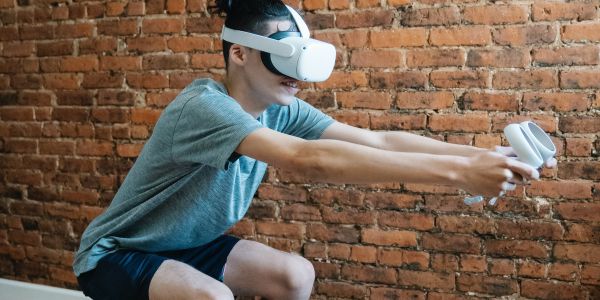
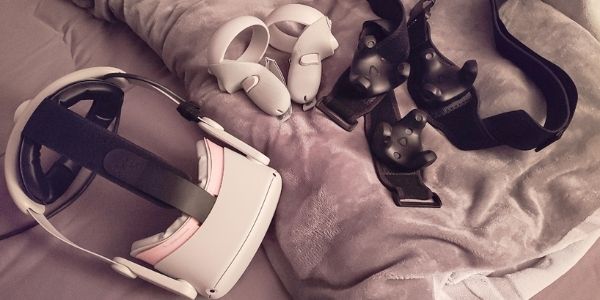
What are the requirements for tracking the full body on Oculus Quest 2?
- You will need a PC; it does not matter if it is a laptop or an actual build. I prefer to buy Acer Nitro 5, which is the best VR ready laptop on a budget.
- Two base stations either 1.0 or 2.0 (the price on these varies by model). HTC Vive Base Station and HTC SteamVR Base Station 2.0
- The actual HTC Vive trackers, which one you want depends on your budget but no matter what version, all of them will work on any generation of the base station. For example, you can buy the cheaper 1.0 base stations, and it will work with the HTC trackers 3.0 (you can also mismatch trackers since they all work the same, giving you room to save some money).
Setup
In the case of HTC Vive 1.0 base stations, change the channel (or the letter on the front) of one of them to B and the other to C. When doing this, press the back button on your controller to cycle between the channels.
If you have 2.0 base stations, SteamVR should automatically configure them to separate channels; you can check by hovering over them in the SteamVR interface. In addition to having a lighthouse-based headset, you will also need a way for you to turn your base stations on and off. We recommend using the Lighthouse PM or the BS Companion apps for Android.
The best way to mount them in your room is to position them at opposite corners of the room, high up, and slightly inclined down, so that they can see each other. You simply need to plug them in with the power cord; they don’t need to be connected to your computer, nor do they require Bluetooth.
As soon as the light at the top of the base stations turns green, this is an indication that they are working properly. You should now see them appear in SteamVR and be ready to proceed with the rest of the process.
Calibration
We need to get the Oculus tracking to work with the base stations now. When everything is turned on, the trackers will appear all over the place and seem to be 20 feet away when they’re not. The reason for this is that play space is used by both Oculus and Steamvr sync, both of which use different methods to calculate a default space.
You will need to download and install software called open VR space calibrator in order to be able to fix this problem.
- Now you are ready to plug in your Quest or start up your Rift and SteamVR, and you are going to turn off all your Vive trackers except for one.
- Once you run the open VR spaced calibrator application, you will be able to see your Oculus controllers and headset on the left and a single Vive tracker on the right side of the screen.
- In order to use the Vive tracker, you must select the right Oculus controller.
- When you have selected the slow calibration option, you will have to put the Vive tracker on your arm while holding the controller on the right side of your body, then press calibrate while the play spaces are calibrating while moving in a figure eight pattern.
- As soon as you turn on your other two five trackers, they will be automatically added to the updated playlist and you can continue playing.
How should you choose Vive trackers/base stations or should you purchase valve index base stations for Oculus Quest 2 and use them with the Vive trackers/base stations?
Depending on how much money you are willing to invest, you may be able to make use of any of the HTC Vive/Valve Index’s optional upgrades. In order to get started, you will first need to install the HTC Vive base stations as well as SteamVR. Then, you will need some additional software.
With SteamVR, Oculus Rift headsets are recognized out of the box, and everything else will work within the SteamVR environment from there on (including the Index Knuckles and the Vive Full Body Trackers).
Only issue is that the SteamVR tracker (with base stations) does not sync with the Oculus tracker right away; hence, the calibration tool is used to bring the SteamVR tracking into sync with the Oculus tracking.
In order for the system to gather information on how to sync SteamVR tracking with what is currently being used, the Oculus tracking, you simply need to hold the Oculus controller and whatever tracker you are trying to pair together in one hand and wave it around a bit in figure 8 so that the system can get an idea of how to sync SteamVR tracking with what is currently being used, the Oculus tracking.
As soon as it syncs, everything should work as if it were just natively supported and everything should work as it should.
There is only one disadvantage to this, and that is that, unfortunately, these extra trackers cannot be paired natively with the Oculus system, as they are still fundamentally only interacting with the SteamVR system.
The bottom line is that you will need USB dongles for every single tracker/controller you add because they cannot pair with the headset in the same way as they would with a Valve Index or HTC Vive headset.
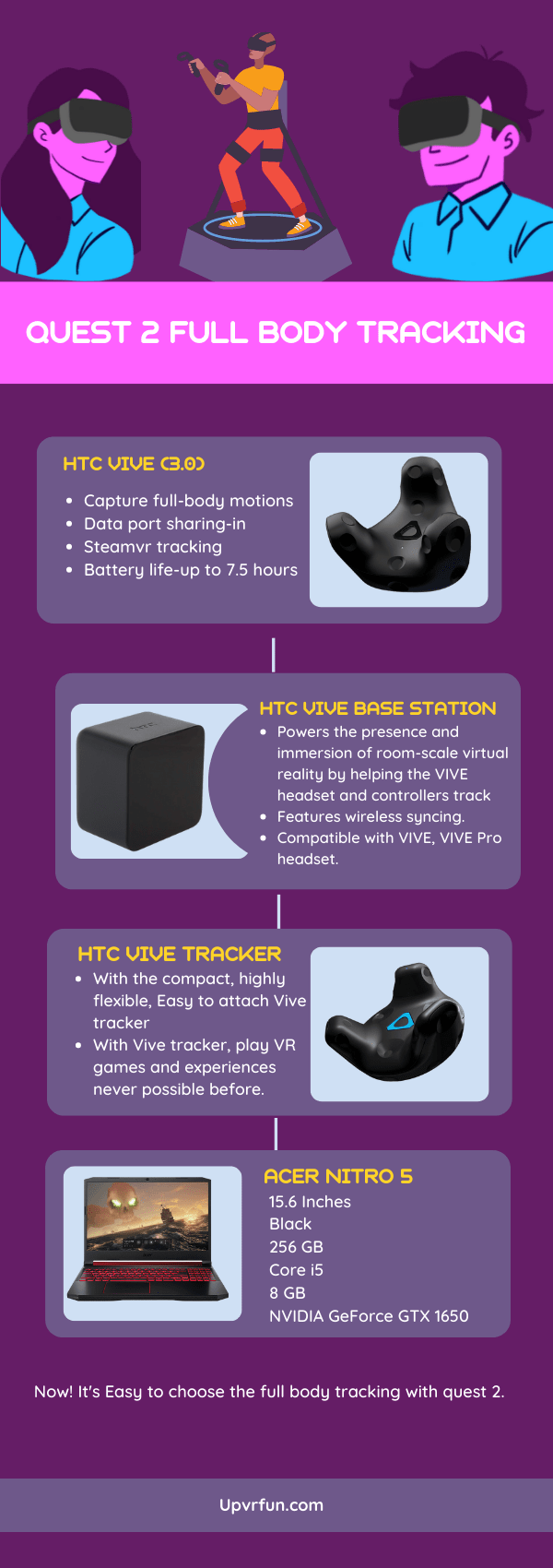
Oculus Quest 2 vs the Rift S
Oculus Quest 2 is a standalone VR device that uses a Snapdragon 865 processor, but it is necessary to connect the Oculus Rift S to a gaming PC in the order for it to work.
However, the Oculus Quest 2 can be paired with any of the finest gaming PCs in order to get access to a greater selection of games and performs similarly to the Oculus Rift S using the Oculus Link cable to connect it to the PC.
